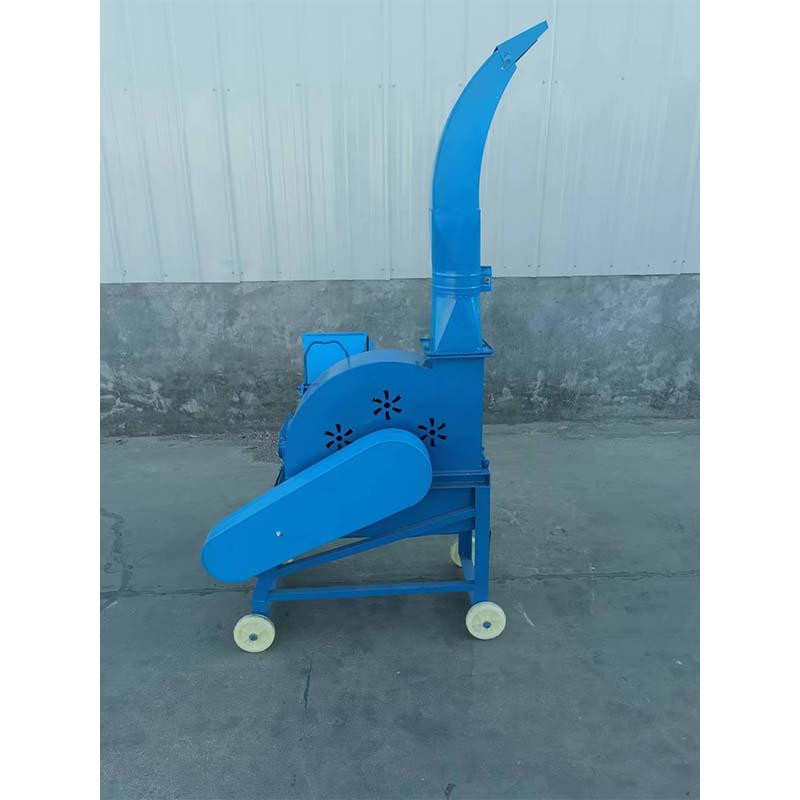Effective Poultry Scalding Techniques for Optimal Processing and Quality Maintenance
Oct . 31, 2024 11:19 Back to list
Effective Poultry Scalding Techniques for Optimal Processing and Quality Maintenance
The Importance of Poultry Scalders in the Processing Industry
In the poultry processing industry, scalding is a critical step that significantly influences the overall quality of the final product. Poultry scalder systems are designed to make the plucking process efficient and effective, ensuring that feathers are removed cleanly and that the meat is free from residues that could affect both its texture and taste.
Understanding the Scalding Process
Scalding involves immersing freshly slaughtered poultry in hot water. This process loosens the feathers, allowing for easier removal during plucking. The temperature of the water is crucial; it typically ranges from 130°F to 160°F (about 54°C to 71°C). The right temperature must be maintained for a specific duration, depending on the size and type of the bird, to achieve optimal results without cooking the meat.
There are two main types of poultry scalders batch scalders and continuous scalders. Batch scalders work by immersing a set quantity of birds in hot water, while continuous scalders move birds through a controlled environment, offering efficiency and a smoother workflow.
Benefits of Effective Scalding
Proper scalding is fundamental for several reasons. First, it enhances the ease of feather removal during processing. If the scalding temperature is too low or the duration is insufficient, feathers can stay tightly bound to the skin, increasing labor costs and processing time. Efficient feather removal not only speeds up the workflow but also reduces the likelihood of contamination, which can arise from left-behind feathers.
poultry scalders

Second, effective scalding contributes to the quality of the meat. Properly scalded poultry maintains its natural texture and flavor, making it more appealing to consumers. In contrast, inadequate scalding can lead to meat that is rubbery or tough, potentially leading to customer dissatisfaction and a tarnished reputation for processing facilities.
Technological Innovations in Scalding
Advancements in technology have also improved poultry scalding methods. Modern scalders are now equipped with temperature control systems, automation, and real-time monitoring, ensuring consistency and efficiency. These innovations not only enhance the quality of the processed poultry but also reduce energy consumption and waste.
Furthermore, new designs focus on reducing the environmental impact of poultry processing. Water reuse systems and energy-efficient heating methods are becoming commonplace, aligning with global trends toward sustainability. By adopting these technologies, processing plants can minimize their ecological footprint while maintaining high production standards.
Conclusion
In conclusion, poultry scalders play an indispensable role in the poultry processing industry. By ensuring effective feather removal and preserving meat quality, they enhance production efficiency and consumer satisfaction. With ongoing technological advancements, the future of poultry scalding looks promising, paving the way for a more sustainable and efficient processing environment. As the industry evolves, the importance of effective scalding will only continue to grow, underscoring the need for investment in advanced scalding technologies and practices.
-
Automatic Feeding Line System-Pan Feeder Nipple Drinker|Anping County Yize Metal Products Co., Ltd.
NewsJul.29,2025
-
Hot Sale 24 & 18 Door Rabbit Cages - Premium Breeding Solutions
NewsJul.25,2025
-
Automatic Feeding Line System Pan Feeder Nipple Drinker - Anping County Yize Metal Products Co., Ltd.
NewsJul.21,2025
-
Automatic Feeding Line System Pan Feeder Nipple Drinker - Anping County Yize Metal Products Co., Ltd.
NewsJul.21,2025
-
Automatic Feeding Line System - Anping Yize | Precision & Nipple
NewsJul.21,2025
-
Automatic Feeding Line System - Anping Yize | Precision & Nipple
NewsJul.21,2025






